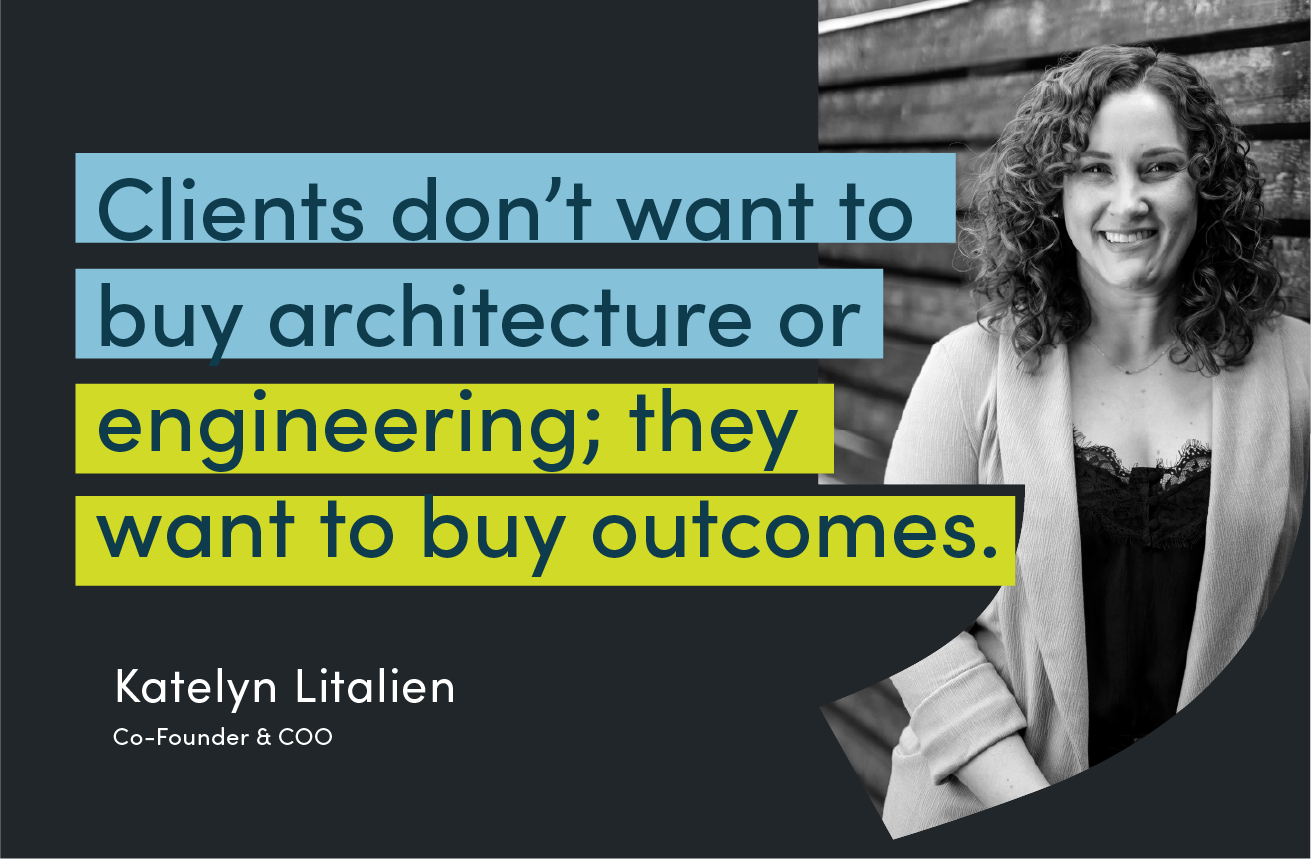If You’re Leading With the “What,” You’re Missing the Point
Most firms think clients choose them for what they do. In reality, clients choose you for what your work means.
If that statement makes you pause, you’re not alone. Most A/E firms rush straight to the what—scope, square footage,
schedule—without ever explaining why their work matters. “We completed this type of building, on this site, using these materials.”
It’s factual, but it’s not compelling. And it’s certainly not memorable.
When we work with clients, they often ask, “Does that really hurt us?” The answer is yes. It drains the emotion from your story and
makes your work forgettable in a market full of sameness.
Why? Because your clients rarely make decisions based purely on logic. Even the most analytical leaders respond to how something makes
them feel—safe,
excited, confident. The data comes later to justify the emotion. And here’s the nuance: the kind of feeling that motivates a
decision varies from person to person. Understanding what your audience needs to feel and reflecting that in your story is what
turns information into influence.
I often see this gap when I help firms craft their narratives, and I understand why it happens. When you’re deep in a project, you’re focused on the details, so it’s hard to zoom out and see the bigger picture. But in that focus on the what and how, the why often gets lost. Why it mattered—to the client, to the community, to the market—never makes it into the story. And without that “why,” the story falls flat.
Each story you tell should end with value. That’s what makes it resonate—and what turns a project description into persuasion.
And here’s the secret: the “why” isn’t as mysterious as it seems. Beneath every business-to-business (B2B) decision are three Value
Drivers
that matter to your clients more than anything else.
When you tell stories that connect your work to these drivers, you move from service provider to trusted advisor. You demonstrate that you understand not only what your client needs but also why, and that you’re the firm that can help them achieve their goals.





